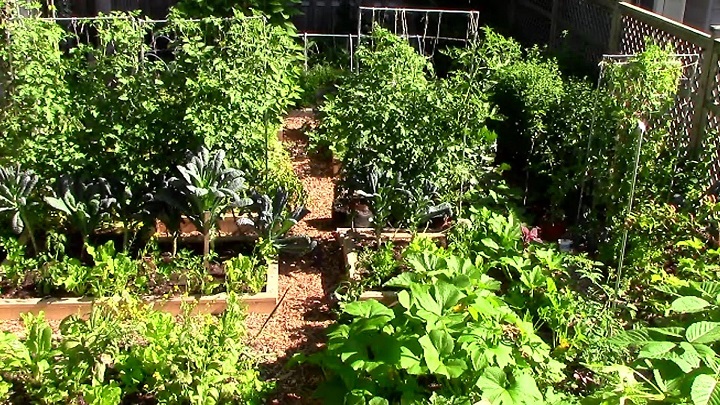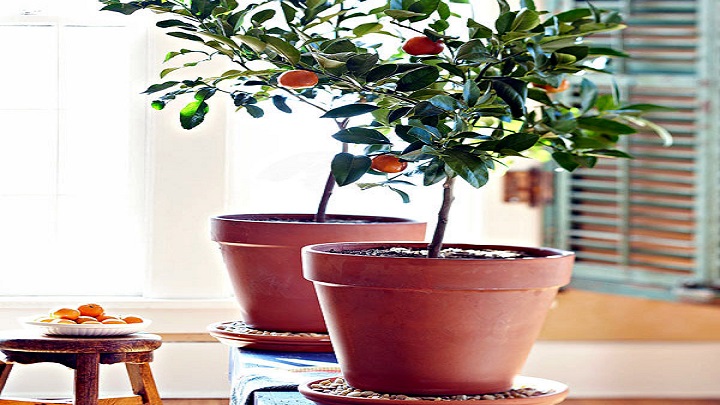One of the greatest pride fruit plants of a gardener is to grow sugary fruits under a beautiful sunshine, either beautiful red apples or juicy raspberries.
Small fruits
Although most of us believe that fruit grows on trees, the majority of fruits most easily inserted into a domestic landscape are the so-called berries, also called berries.
- Strawberries on the ground will be knitted with a green and leafy cover on the ground in a sunny place, and the blueberries will feel at home once Nestled among ornamental shrubs.
- Each garden has room to accommodate at least some fruits.
Here are some tips to add fruit plants to your garden.

1. Provide good growing conditions
Fruits grow in the sun, and a lot of guns is the key to healthy growth and plants that produce beautiful crops.
- Place all fruits in a place where they will receive at least half a day of full sun.
- The slight south-facing slopes are ideal for most fruit plants.
You may also like to read: 7 Basic Tips for Weeding Your Garden
2. When to plant
Start in the spring, when the fruit just begins to appear and come out of their winter sleep.
- In some areas, you can plant strawberries in autumn, but it is best to plant most fruits in late winter or early spring.

3. Prepare the site
- Dig holes in advance so they are ready when the time comes to plant.
- The holes for the trees should be 60 centimeters wide and 60 centimeters deep and include a lot of compost and other organic matter.
You can grow berries in large rows or even in raised beds. If you plan, you can prepare the planting sites in the fall and winter, then fill the holes and cover them with a board or mulch until spring.
4. Put a mulch after planting
Mulching helps keep the soil moist and discourages weeds.
- Spread a deep layer of straw or wood chips around the base of the newly fruit plants. Mulch also protects the shallow nutrient roots of plants.
- When staying trees, keep the mulch at 30 centimeters from the trunks so as not to provide a hiding place for rodents and to promote good air circulation.

5. Discourage disease
An abundance of fresh air helps prevent fungal diseases and loss of spring flowers caused by late spring frosts.
6. Abundance and magnificence
Although fruit trees are functional, they can also be decorative.
- Apples, pears, and cherries are particularly elegant specimens in a landscape when they are in full bloom.
- Fruit, such as blackberries or raspberries, can be used to define a limit (and discourage intruders).
- Alternatively, you can grow fruit by guiding grape or kiwi vines to cover an arbor.

7. Provide pollination partners
Some fruits cannot pollinate.
- Study the varieties closely and make sure you have good combinations of varieties when you grow fruit trees and blueberries that cannot self-pollinate.
8. Practice good cleaning
Always clean leaves, fruit and other debris around fruit plantations to discourage pests.
- Prune and destroy any diseased fruit or leaf.
- Regularly examine fruit plants for signs that indicate insect or disease problems so they can be processed quickly.
9. Protect the fruit on the tree
- You have apples that you want to protect or some grapes that need a little more time on the vine. Slip fruits in perforated and transparent plastic bags until they reach perfection. You will protect them from insects as they continue to mature.
- Wrap tree trunks with plastic protectors to protect them from sunstroke nicks caused by garden maintenance equipment and rodents who like to nibble the bark. Choose a type of protection that will grow as your tree grows and equipped with ventilation holes.
- Horticultural oil is an effective and multi-purpose prevention pest for fruit trees. To smother the wintering insects, use more sturdy before the tree loses its leaves: dormant oil. Use lighter oil (known as “summer oil”) during the growing season.




Average Rating